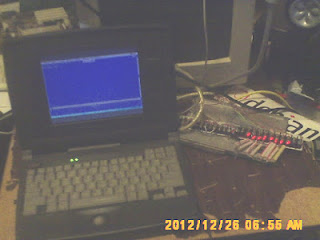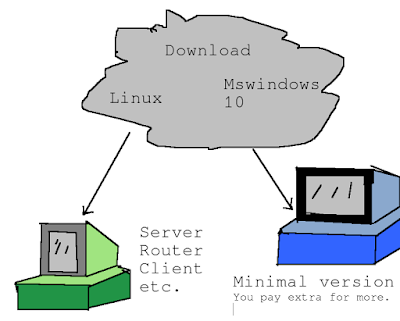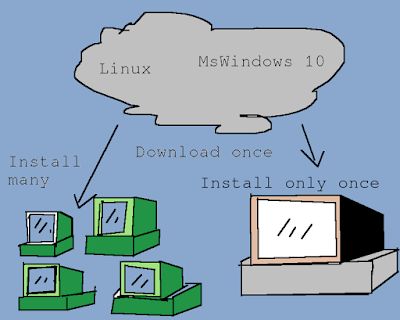Walking calculator.

This may not work with all calc u lators. Here is an interesting way to count footsteps and estimate how far you have walked.You need a cheap calculator, some foam or sponge, glue, foil, cellophane tape, and 2 long wires. Then you will want to make a switch. To do that, drill or punch a hole in the sponge for the to the bottom. Glue the foil to the top and bottom of the sponge. The two foil pieces should not be touching. Connect the wires separately to each foiled surface. Open up the calculator and connect each of the other wire ends to the top and bottom contacts of the "equals" aka = button. Put a piece of cellophane tape between the contract so that they do not connect. Close the calculator and make sure everything works normally. you would have to press the switch together for the = sign to work. Attach the switch to the bottom of the shoe. Now enter "1 + 1" into the calculator. Start waking and you will see the count begin to rise as y

















